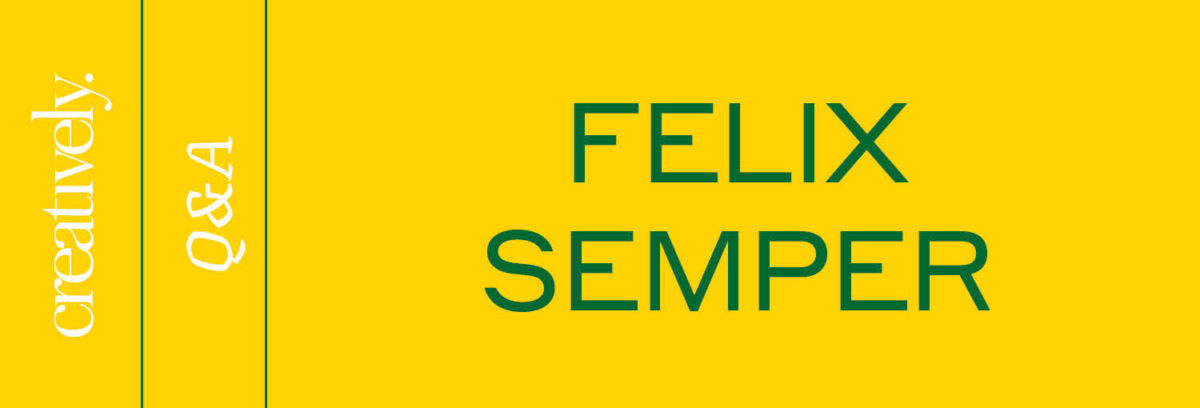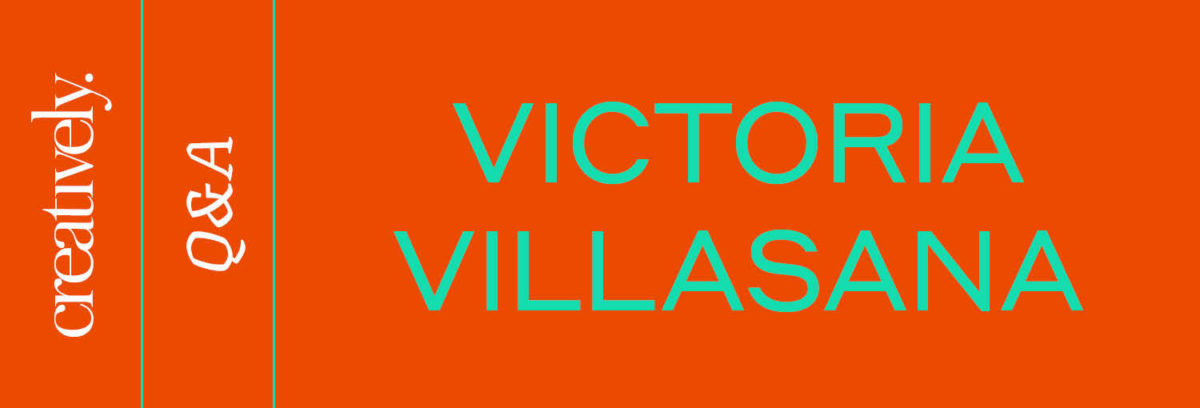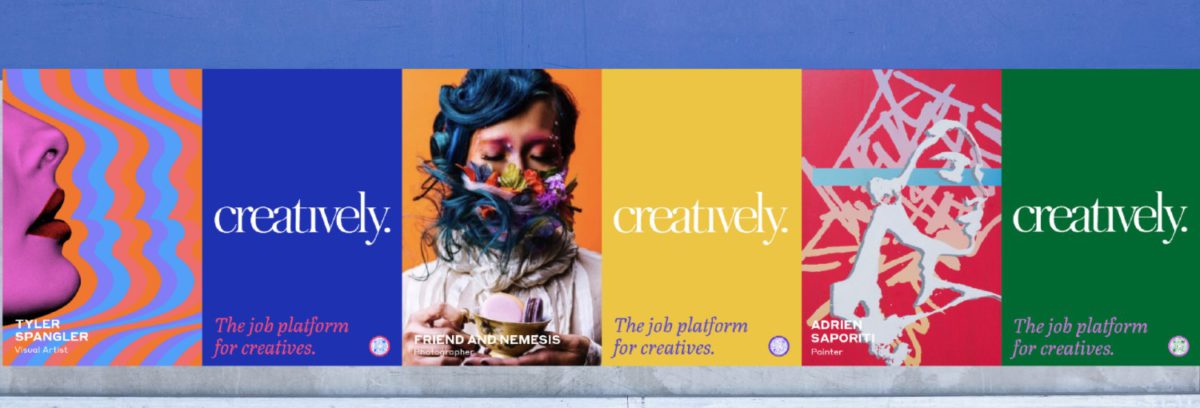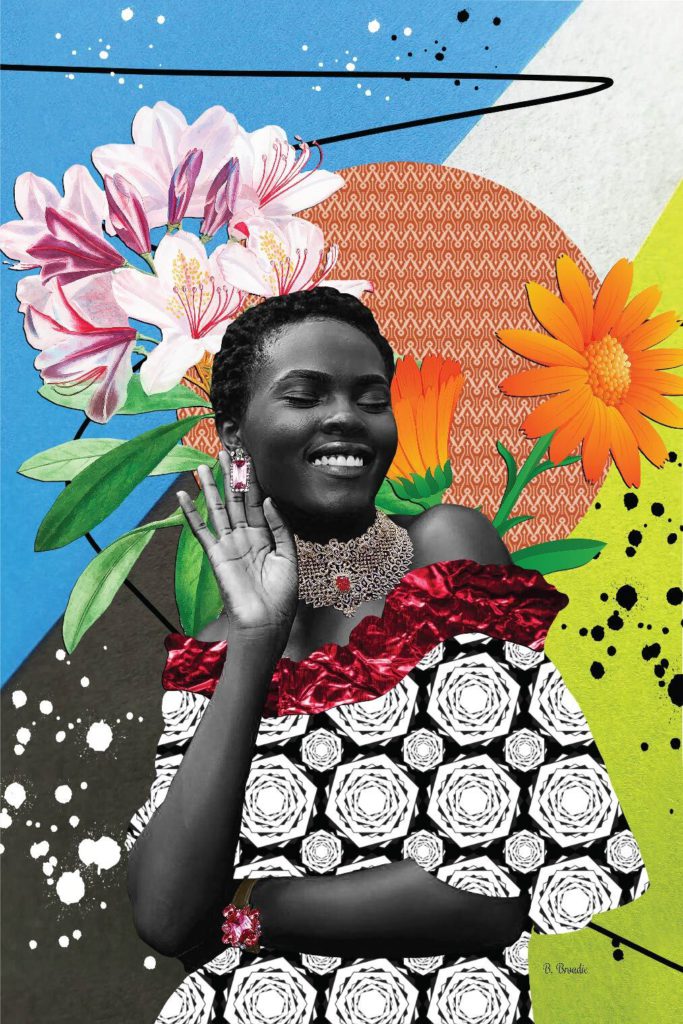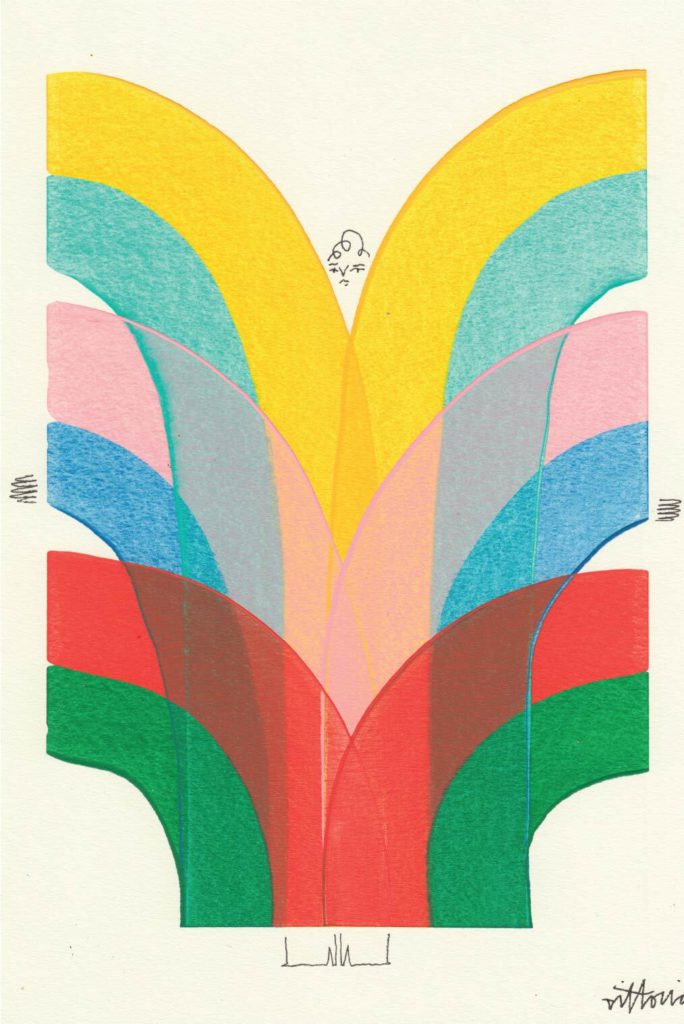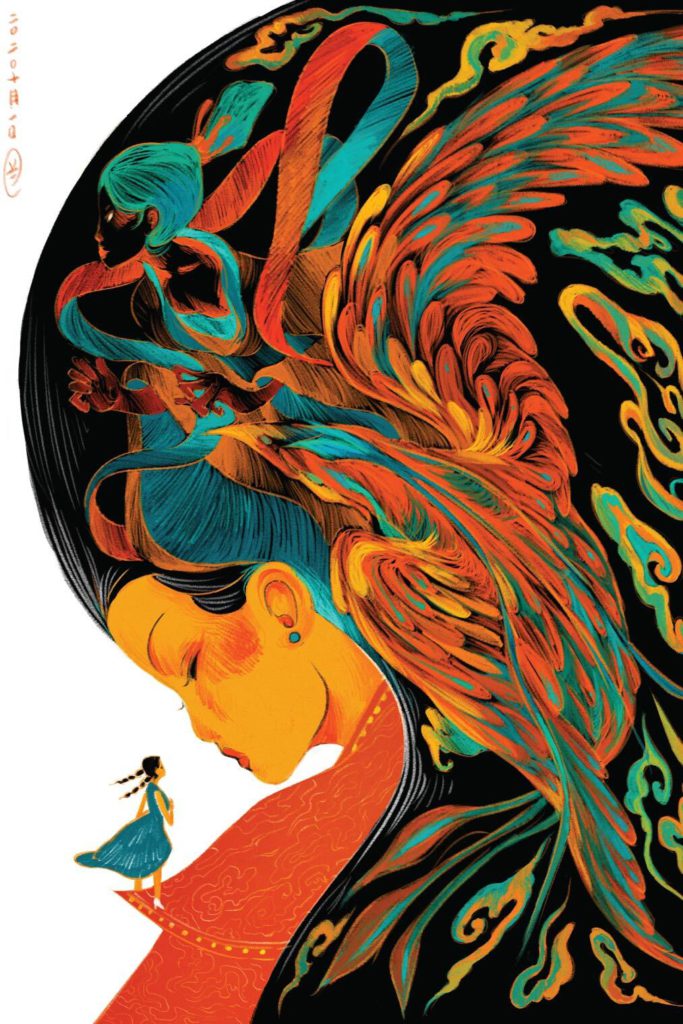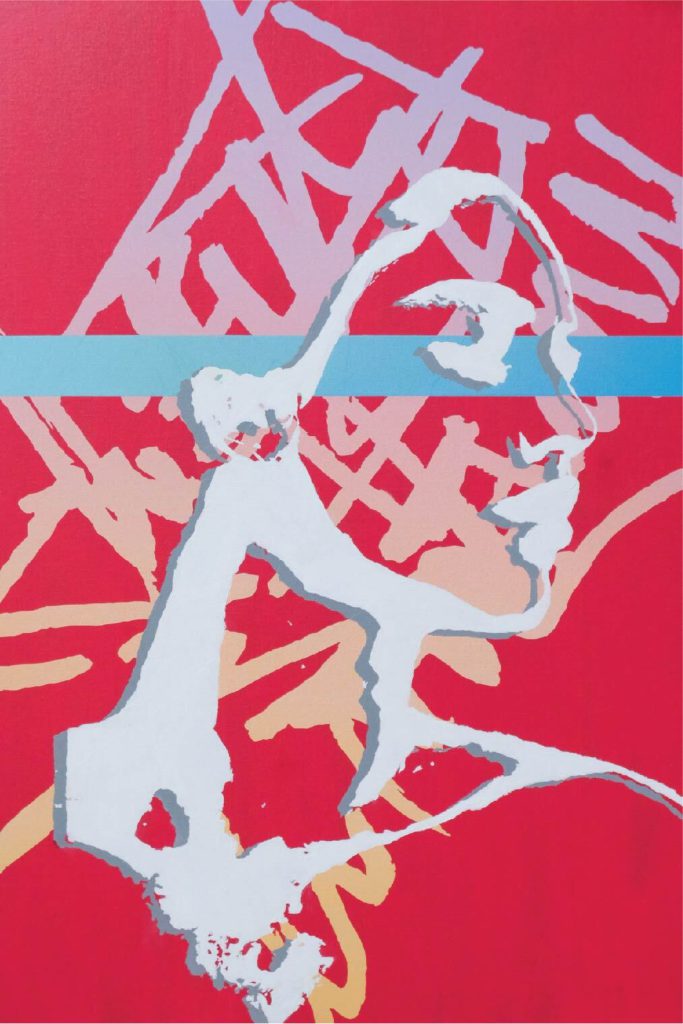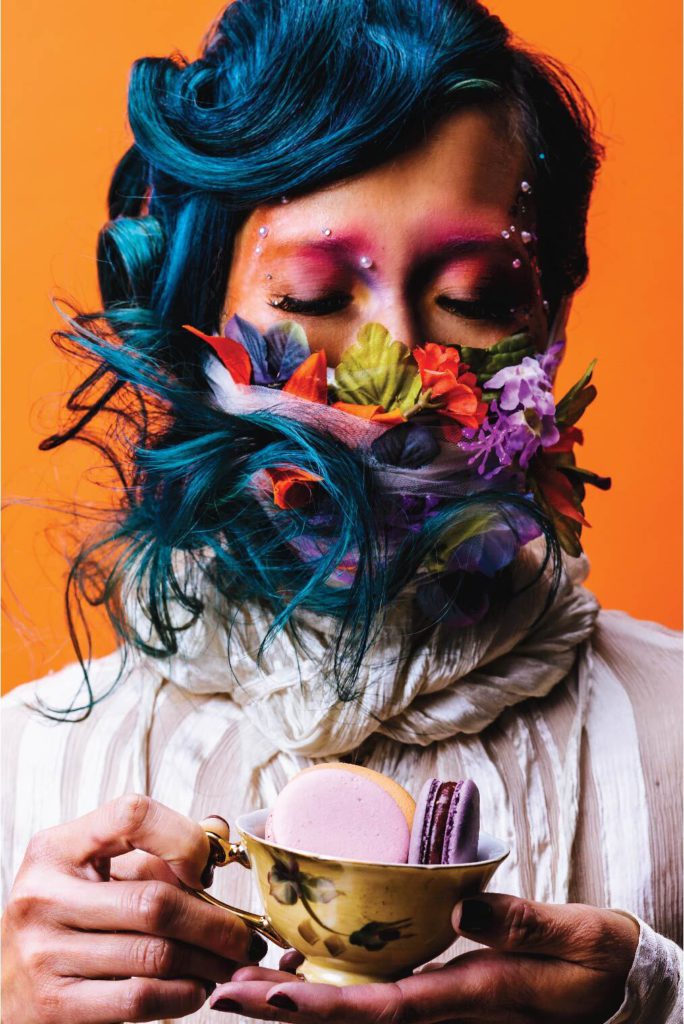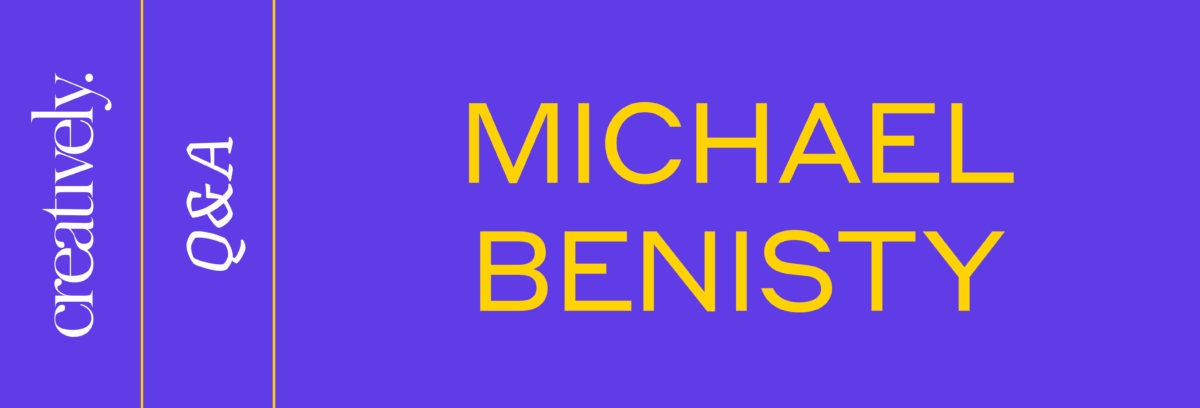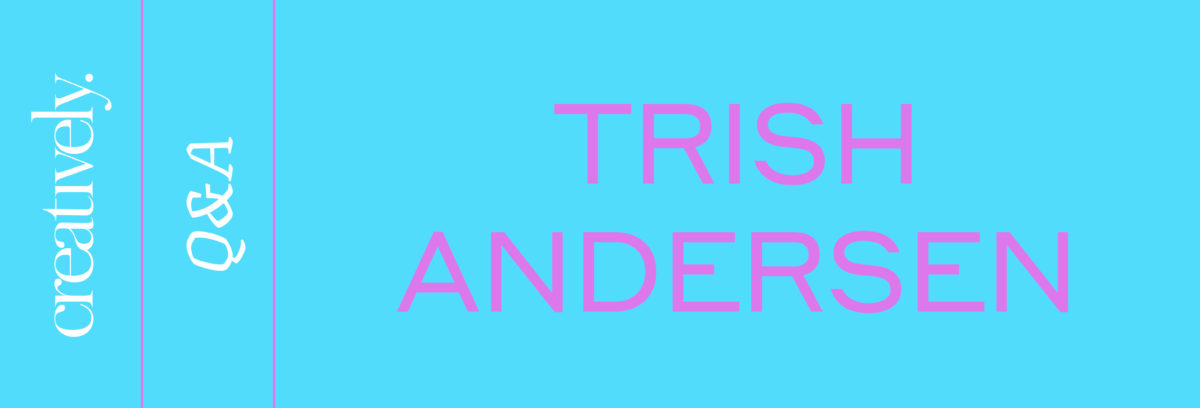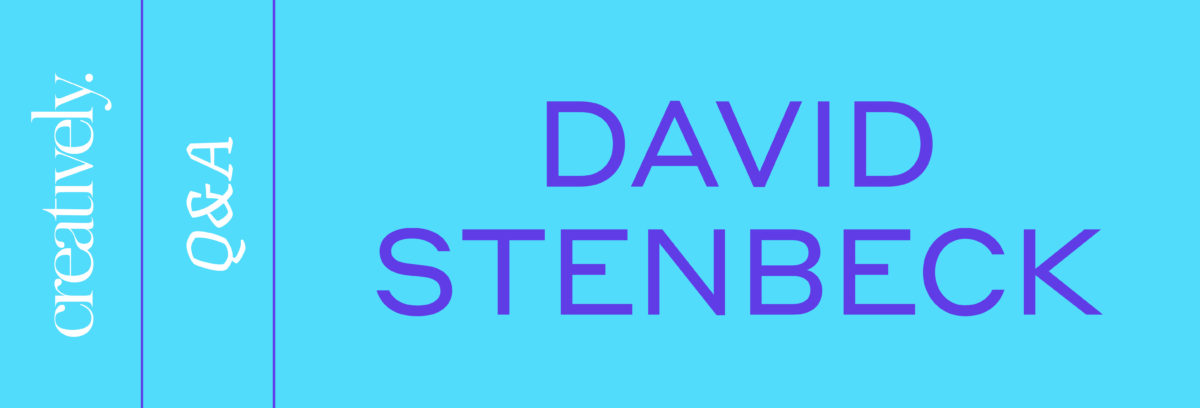At Creatively, our mission is to champion creative talent and nurture a community that truly reflects the diversity across the full spectrum of the creative economy. As we mark Latinx Heritage Month, we’re proud to spotlight and celebrate the incredible creative contributions of the Latinx and Hispanic artists on Creatively.
If one could literally stretch one’s imagination, the result would look something like Felix Semper’s expandable paper sculptures. Semper is a Cuban-American artist and sculptor whose work has gained international recognition, finding its way into the collections of celebrities and global corporations such as A$AP Rocky, DJ Khaled, Kelly Ripa, Microsoft, and Adidas, among others.
While sculpture helped Semper make a name for himself, his work as a painter reveals a broad stylistic range, reflecting the aesthetics of art movements such as neo-expressionism, pop art and street art. In blending techniques and vibrant color palettes, Semper lends his subjects an undeniable sense of freedom and spontaneity.
Semper’s process begins with him glueing hundreds of sheets of paper together before carving those connected layers into sneakers, handbags, food items, animals and celebrity busts. The resulting work invites viewers to experience sculpture in a new light, bringing a fluid, playful mobility to a traditionally rigid medium.
You can check out their latest projects on Creatively here.
What is the first creative project you remember?
If I think back to my first project, it was when I was in elementary school. My friend and I did a one-minute hand drawn animated film for a school competition. For the project, we created a cartoon character that was hunting a rabbit. We ended up winning an award.
Describe your aesthetic in three words.
I would say people are “wowed” when they see my work. Also, “surprising” and “happy” are emotions that come up.
What was the most fulfilling collaboration you’ve worked on?
The most fulfilling and one of the most public [collaborations] was with A$AP Rocky. He called me up to collaborate with him on his album. He wanted me to design and create sculptures for the cover, and even though the team decided to go in a different direction, the collaboration was fun to do! I love doing collaborations with other artists and being able to mix different mediums and different creative pieces together.
What’s one creative project that taught you something fundamental about yourself?
The A$AP Rocky collaboration taught me to just be simple and straight on. I learned to be myself and not sugarcoat my creativity.
Do you think creativity is something you’re born with, or something you’re taught?
I think creativity is something you’re born with. I think it’s like any gift you have, you have to build it. Any muscles you have, you work on them to get stronger. You have to work on your creativity.
What’s the last dream you had?
My dream is to have a home in the Mediterranean with a workspace to create while being surrounded by visually appealing landscapes. I want to be able to enhance my creativity.
One hundred years from now, what do you hope people write about your work?
In 100 years from now, I hope people are still surprised and learn something from my work. I hope they will look at my work and say, “This is from 100 years ago, but it’s still fresh today.”
Follow @FelixSemper on Creatively
Creatively is more than a platform—we’re a creative collective.
Questions or feedback? Email us at feedback@creatively.life

